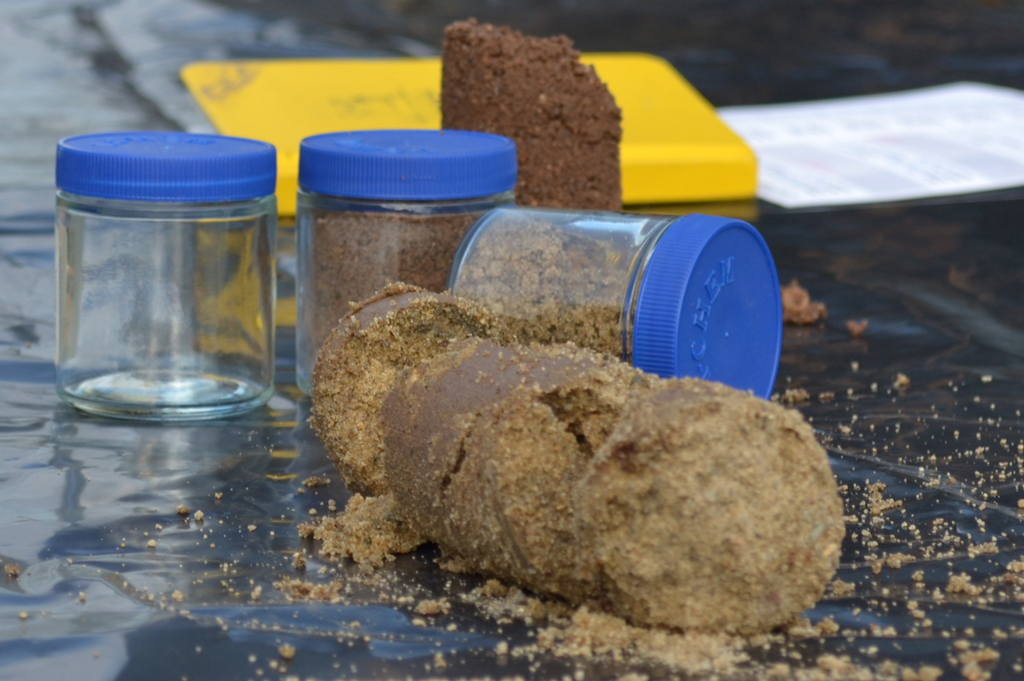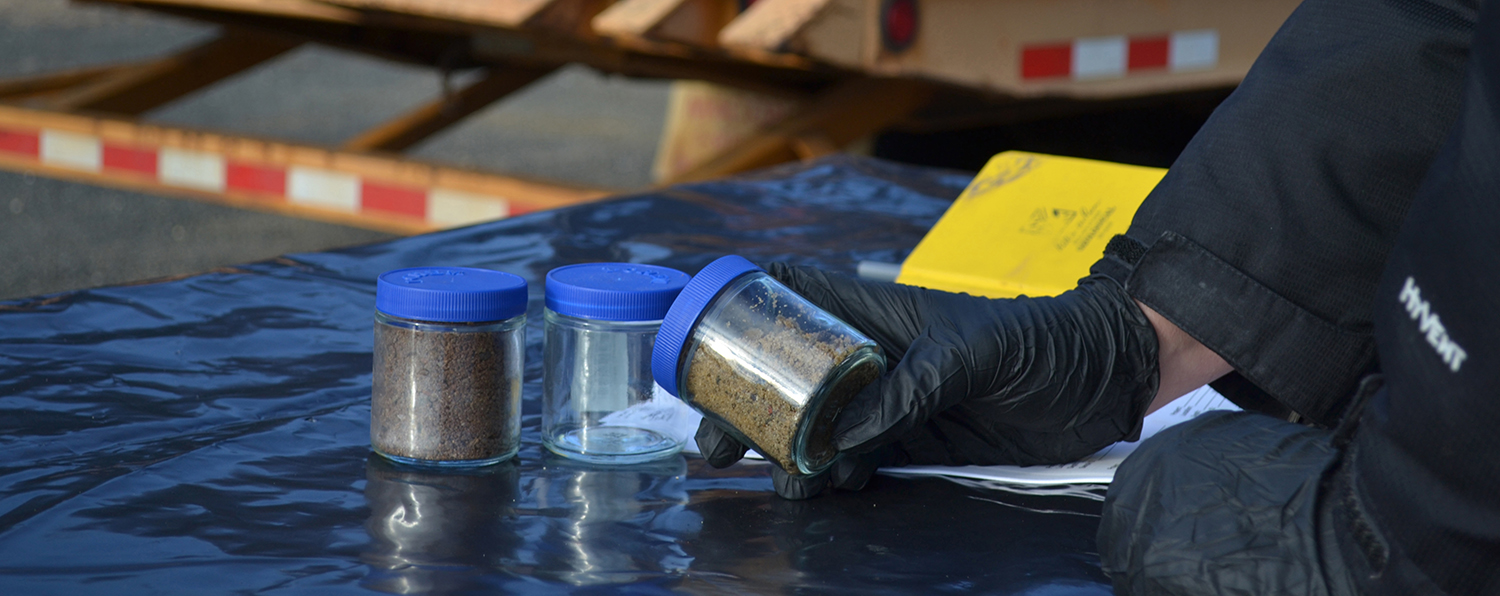
Among the most critical data gaps are those associated with contaminant delineation. This is because surface and subsurface structures prevent access to the necessary areas, leaving incomplete datasets and prolonged remedial timelines. Horizontal soil sampling techniques can help you delineate your contamination and acquire peace of mind that your remedial design is constructed from a fully comprehensive dataset.
Soil sampling in contaminant remediation projects involves collecting soil samples from specific locations and depths to analyze the presence and concentration of pollutants. Horizontal drilling techniques offer significant advantages when soil sampling, particularly on environmental projects where contamination exists in limited-access locations. Traditional vertical drilling methods may be limited by obstacles such as buildings, infrastructure, or underground utilities, which present substantial data gaps in the understanding of the conceptual site model. In contrast, horizontal drilling allows for the collection of soil samples beneath structures without the need for disruptive excavation or potential damage to existing facilities. This minimizes the impact on the surrounding environment, providing a less invasive and more efficient approach.
By navigating horizontally beneath buildings, drillers can target specific zones with precision, obtaining soil samples from areas that might be missed or difficult to access using conventional techniques.
Where traditional vertical techniques may struggle to capture the lateral extent of contamination accurately, horizontal drilling allows for the collection of samples along an aerial plane, enabling a more thorough assessment of the spread and distribution of contaminants beneath the surface. This spatially detailed information is crucial for effective remediation planning and execution.
Furthermore, the non-disruptive nature of horizontal drilling reduces the impact on the surface environment, particularly when it is critical that on-site business operations continue as usual. This is especially important when working in urban or developed areas, where minimizing disturbance and reducing restoration costs is critical. By avoiding extensive excavation, the technique helps preserve the integrity of the surrounding landscape and structures, contributing to a more sustainable and environmentally friendly approach to soil sampling and contamination delineation.
The use of horizontal sampling techniques provides a simple and accurate alternative to collecting subsurface soil samples from access-restricted areas. The horizontal sampling technology provides an alternative to the excessive costs and logistical feasibility associated with attempting to collect samples with vertical techniques.

77 N. Plains Industrial Road
Wallingford, CT 06492
Over 5,000 Horizontal Remediation Wells Installed Worldwide
NAICS Codes: 237990 Heavy Equipment & Horizontal Drilling • 237110 Water & Sewer Line and Related • 541620 Environmental Consulting Services for HRW Screen Design • 237130 Underground Cable Lying & Utility Line Construction
Copyright 2025 Directional Technologies, Inc. All Rights Reserved.